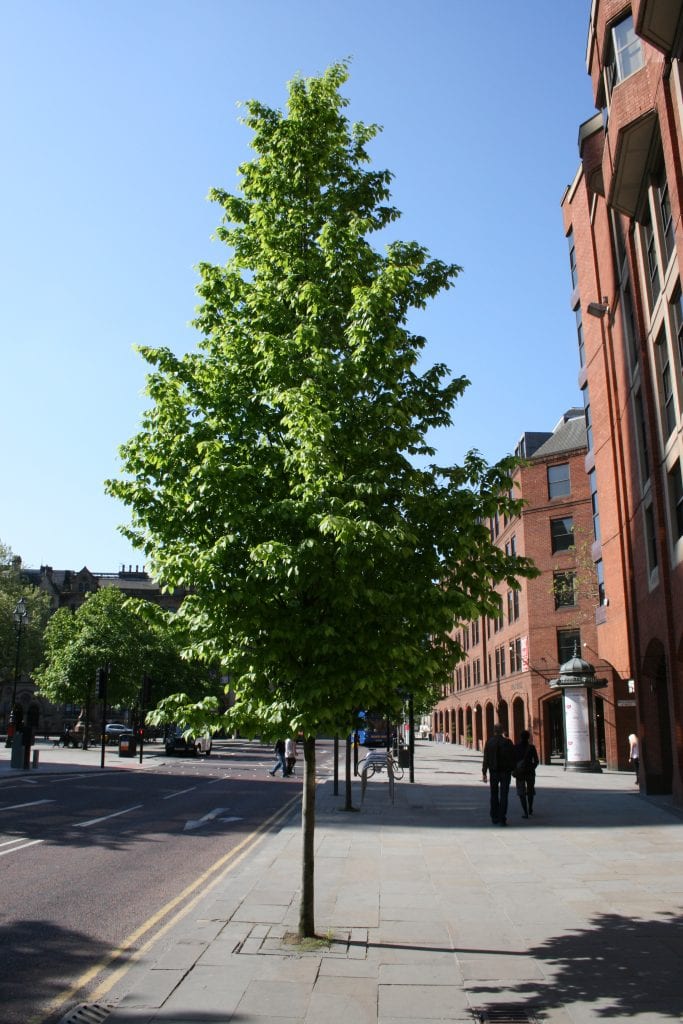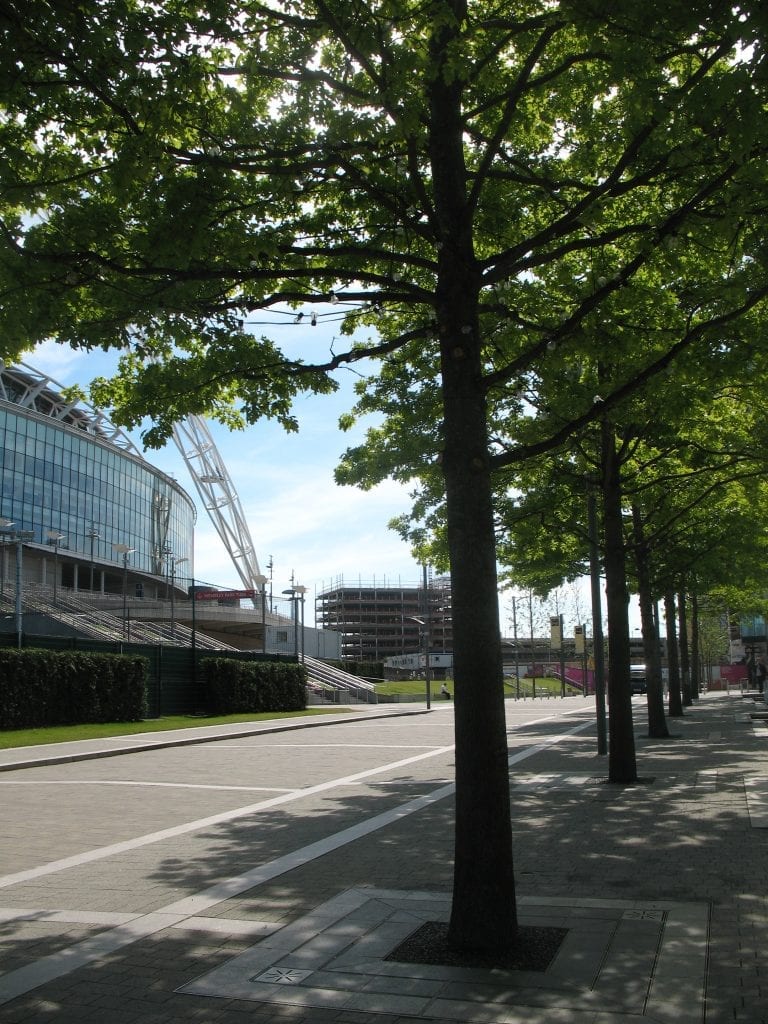Trees are becoming an increasingly recognized asset for many city councils, and for so many reasons including aesthetics, carbon reduction, stormwater management, and many more – but what about cost savings? This article discusses the financial benefits that the establishment of mature trees in urban areas can offer through the reduction of energy costs. It proves that planning and providing for larger urban trees provides greater financial benefit than smaller trees, including the investment in planting trees properly in a way that they will reach maturity without damaging surrounding built infrastructure.
Various studies conducted have proven that mature trees can contribute to the reduction of costs associated with heating and cooling buildings, by reducing wind speeds and providing cover for nearby buildings. This reduces winter heating costs by decreasing heat loss and reduces summer cooling costs by providing shade.
But it certainly doesn’t take research to understand the basics that trees form a physical obstacle that inhibits wind speed and turbulence. What this does is reduce the amount of outside air that infiltrates into buildings through doors, windows, and other openings. Research has found that urban trees reduce annual heating costs by 10-30% in the US (Heisler, 1991).

Trees also influence the microclimate of the area they are in by cooling and humidifying the air. This has been proven to reduce the energy required to air condition buildings near mature trees.
Large deciduous trees are especially advantageous around buildings as they allow sunlight to penetrate buildings during winter months, which allows the building to benefit from natural heating from the sun (Brown and Gillespie, 1995). While in the summer, deciduous trees intercept around 75-90% of sunlight falling on them, de-intensifying heat and providing natural cooling to buildings (Hough, 2004). A study conducted in Phoenix, AZ projected daily energy savings of 13% or higher, where large trees were present (McPherson and Simpson, 1995).
Tree planting programs have been specifically designed with the intention of reducing or avoiding peak energy demand for cooling and heating through the shade provided by mature trees. Shade provided by large trees lowers air and surface temperatures. For example, shaded surfaces may be 11-25°C (20-45°F) cooler than the peak temperatures of unshaded surfaces (Akbari, Kurn, et al, 1997). In addition, evapotranspiration can help reduce peak summer temperatures by 1-5°C (2-9°F), whether alone or in combination with shading (Huang, Akbari, Taha, Kurn, Bretz, 1994).

Planting large specie trees that provide shade to buildings can also conserve energy associated with new building construction, offering annual heating and cooling savings of around 2-4% per tree – assuming a baseline of no trees (McPherson et al, 1994).
At GreenBlue Urban, we’ve spent the last 25 years helping trees in urban areas thrive. Soil cell systems like RootSpace offer uncompacted soil for trees in hardscape areas. They assemble underground in a skeletal matrix to provide a healthy growing medium in which trees can reach maturity and become large varieties that will deliver the benefits we’ve discussed in this article, rather than the small sickly trees that are traditionally planted in conventional 4ft x 4ft planting zones.
